A macro lens can be used to create a variety of different kinds of images — from the close-up pictures on the front of food packaging to photos that make insects look nearly otherworldly — that all have one thing in common: super close focus.
Once you understand when and how to use one and how macro lenses work, a macro lens can offer a literal different perspective for your photography.
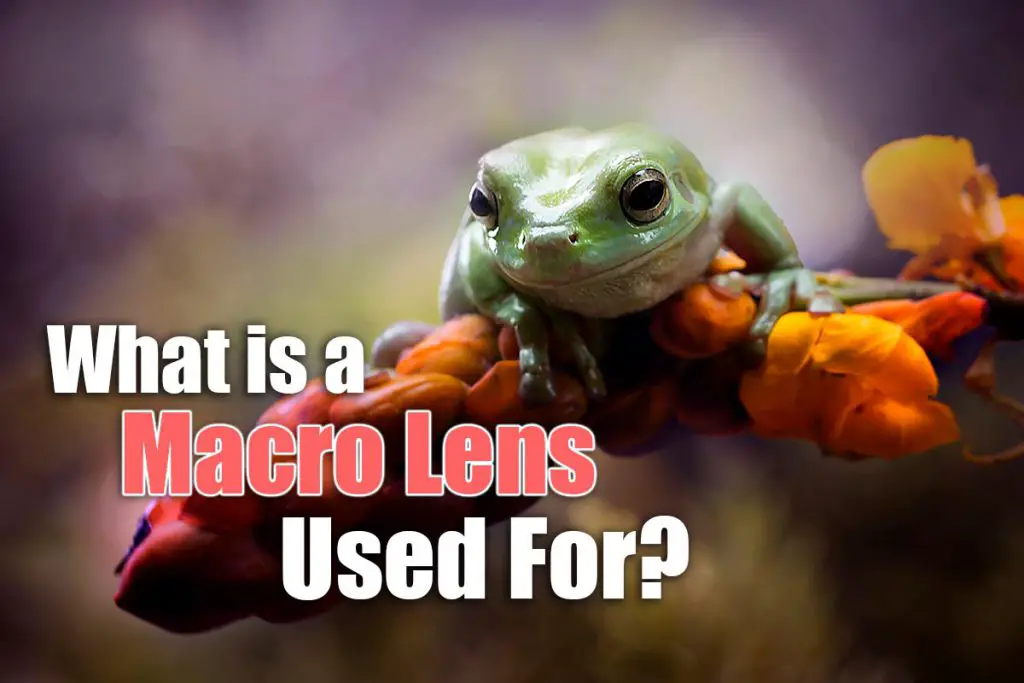
What Does a Macro Lens Do?
While most lenses that get called macro can take pictures in a variety of situations, they’re all especially built for very detailed photography. Every lens has a minimum focal distance, which is how far something has to be from the front element before the lens can bring it into proper focus.
Macro lenses make it possible to focus on objects much closer than other lenses of the same focal length. That, in turn, makes the object larger in the image.
Most dedicated macro lenses have the ability to do 1:1 reproduction, which means the object is recorded at life size on the image sensor.
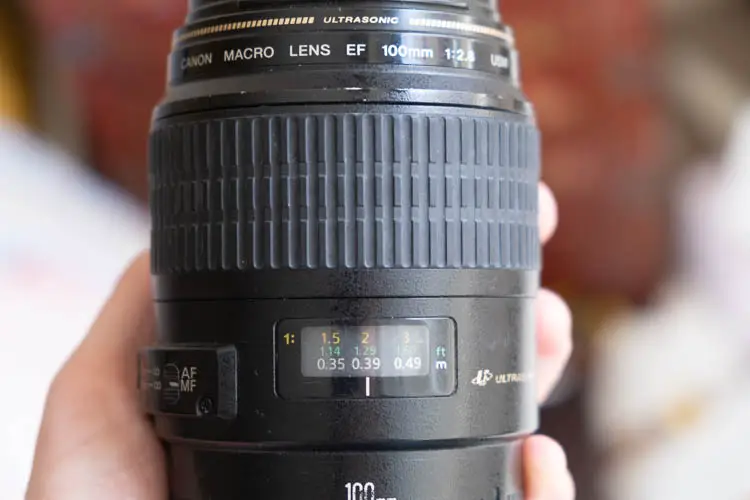
Macro lenses are known for their wide apertures of f/2.8 or wider. Shooting at f/2.8 will allow you to get a really shallow depth of field – keeping only a small area of the image in focus – with this apparent depth of field getting even more shallow as the focal length of the lens increases, provided the aperture is kept constant.
If you want a wider area in focus, then you can always stop down the lens to f/8 or f/11.
What Makes a Lens Macro?
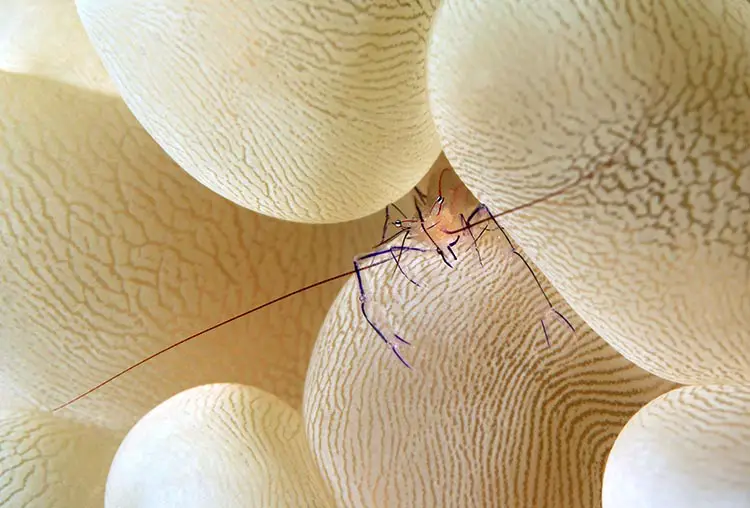
There isn’t a single, universal definition of what makes a lens macro, but the ability to achieve 1:1 reproduction is one that’s often cited. Some specialized lens designs can even achieve more than that, reproducing objects at several times life size.
Some macro lenses, especially those of shorter focal lengths, will only be able to achieve 1:2, or half-size, reproduction.
A lot of zoom lenses are marketed as having a “macro mode,” but that is mostly hype. In reality, they’re only reproducing the object at 1:3 or even smaller.
How close can you get?
The focal length of the lens determines how close to the front element an object has to be to hit 1:1 reproduction. Generally speaking, lenses with shorter focal lengths, such as 40mm to 60mm, require the object to be closer.
There is a drawback to that, as sometimes it isn’t possible to get close enough.
Lenses with longer focal lengths, from 100mm to 200mm, generally allow the photographer to be a bit further away from the subject.
That means you can take a picture of, say, an insect alighting on a flower without interfering and without casting a shadow from the camera being too close.

Canon’s 100mm f/2.8 L macro lens for full frame cameras has a closest focusing distance of 0.99 feet (0.3 meters), where it achieves 1:1 reproduction. This is one of the top macro lenses available and so you would be hard-pressed to find a lens that can focus closer to the camera than this.
This kind of specification is ideal for insect photography, flower photography, or really any kind of macro photography that you are interested in.
What kind of macro lenses are available?
While macro lenses were once pretty exotic and limited to only a few designs, photographers have a lot of choices today. Wide angle macro lenses that can reproduce at 1:1 can go all the way down to 15mm and telephoto choices range up to 150mm and 200mm.
Macro lenses offer the most magnification at their minimum focus distance, and that gets shorter the wider the lens gets. That makes a 15mm macro lens a tool capable of some stunning pictures — if you can get close enough.
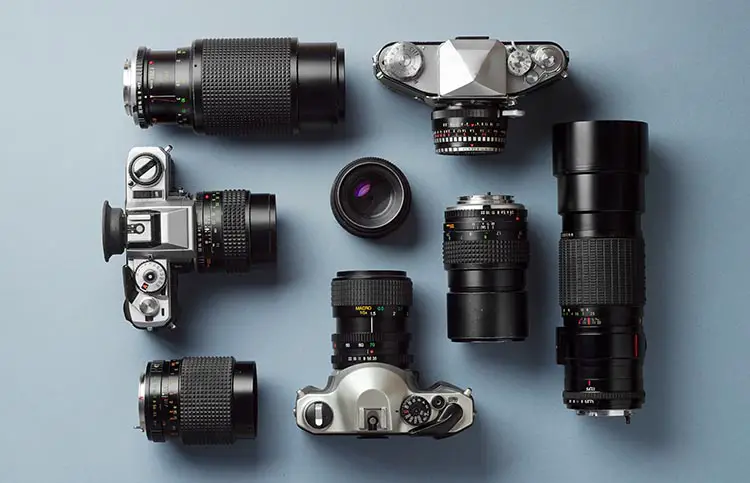
While there are a lot of wide angle macro lenses out there now, they can be a somewhat specialized tool. A more versatile focal length can be a normal lens like 50mm to 65mm.
That’s a very traditional range, and many of the lenses in this range offer 1:2 reproduction instead of 1:1.
They also offer more working distance — how close the front of the lens has to be to your subject to get the most magnification.
Longer telephoto lenses, from 100mm to 200mm, offer the most working distance, making them a great choice for subjects where you can’t get too close.
Lastly, medium telephoto lenses, with focal lengths such as 85mm and 90mm, offer a middle ground between the normal and longer lenses in terms of working distance.
Sensor size and macro lenses
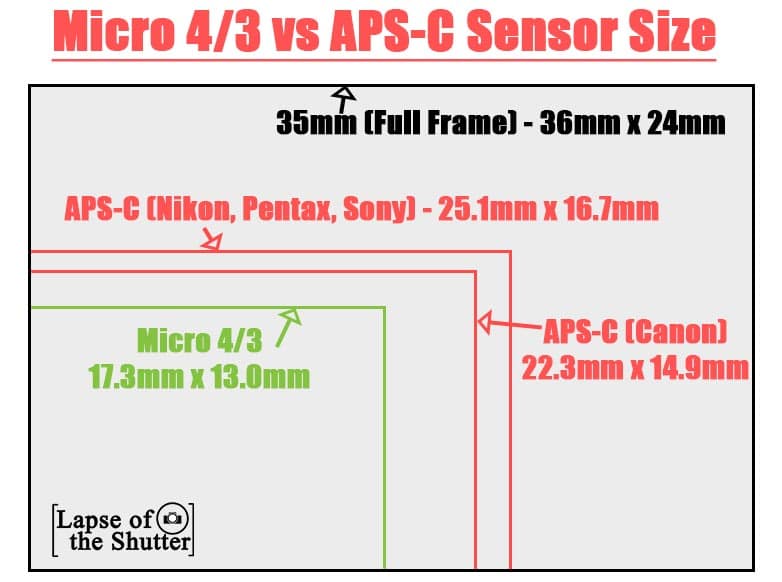
For the most part, full frame and crop sensor cameras perform about the same when it comes to macro photography. One thing you need to be aware of is field of view.
With a crop sensor — 1.5x and 1.6x for APS-C and 2x for Micro-4/3 — the field of view is narrower for a lens than it would be on a full frame camera.
This means a 15mm lens on a crop sensor camera is equivalent to between 23mm and 30mm on a full frame camera.
A more narrow field of view than you expect could make getting the right picture hard when so close to the subject.
Manufacturers have long accommodated this by offering slightly wider focal lengths for crop sensor cameras.
In the case of macro lenses, there are offerings around 40mm that are designed to have the same field of view as a normal lens would on a full frame camera.
Other than field of view, sensor size isn’t really an advantage or a disadvantage, just something the photographer has to be aware of.
What is a macro lens good for?
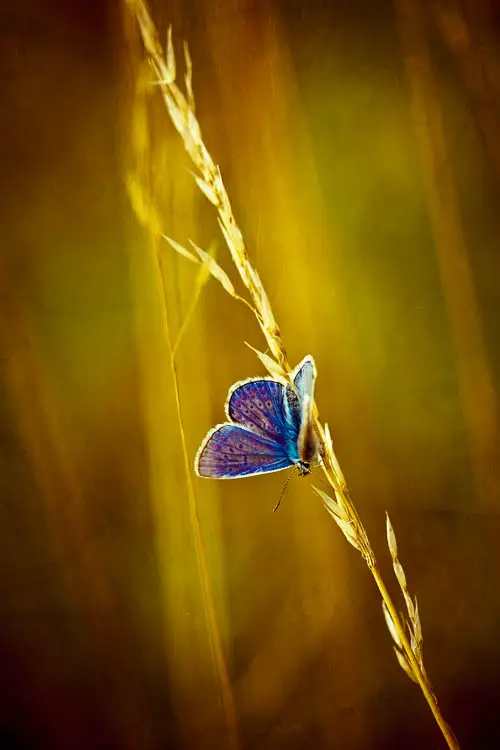

The short answer is a lot, but they are especially good for close-up photos.
Remember that you’re getting a life-size reproduction on the image sensor, so if you print a macro photo, you’re showing detail that the human eye almost never gets to see.
Macro lenses can also let us peer into places we otherwise couldn’t. A macro photo of a computer monitor, for example, reveals the red, green and blue dots that make up each individual pixel.
The classic use of a macro is for nature, especially plants and insects.
The shallow depth of field sets the subject off from the background. In addition, a combination of magnification and the inherent sharpness of the design of macro lenses reveals details that would otherwise be invisible.
That sharpness is a reason some photographers love having a macro lens in their bag. A normal focal length macro lens can be versatile, as it’s sharp enough to take good portraits or landscapes and its close-focusing design allows it to shoot photos of details from a variety of perspectives.
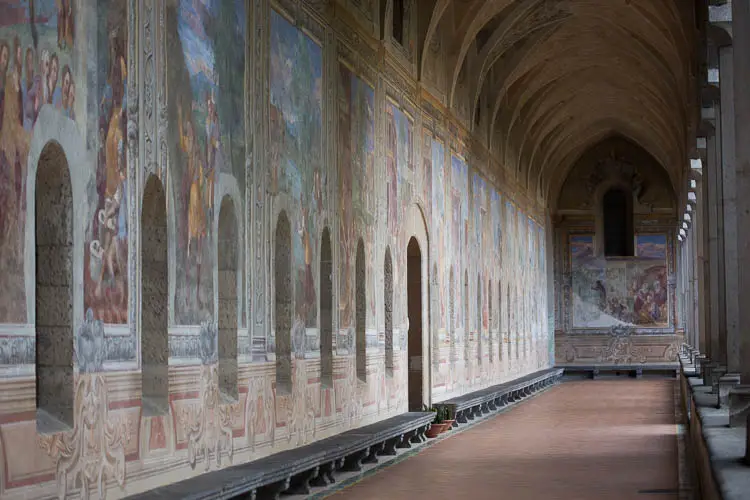
Using a macro lens
For macro lenses, which are often used at their minimum focus distance, depth of field is far less dependent on focal length.
No matter how wide a macro lens you have, you’ll have to be very careful to get what you want in focus.
While this definitely takes practice, it’s also the reason for one of the signature looks of a macro photo, a tack-sharp subject set off against a fully blurred background.
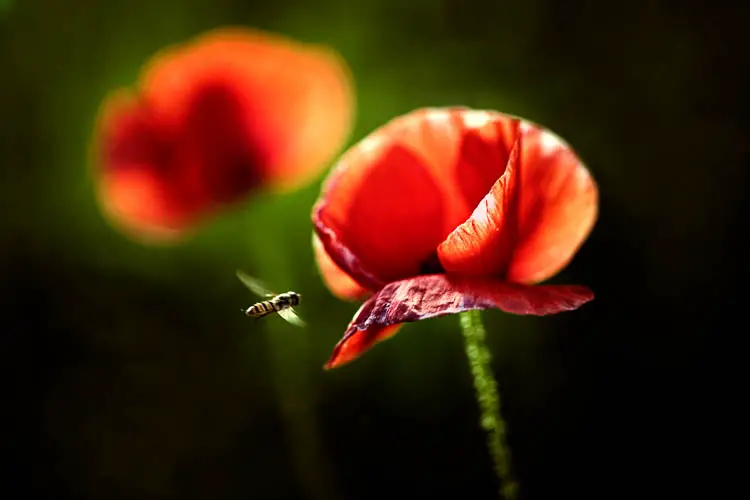
To pull off a picture like that, preparation is half the battle. Be aware going in that you’ll need a lot of light.
To get the depth of field you need, you’ll likely be shooting at a very small aperture, and in some cases the camera might be blocking some of the light.
You can compensate for that with a higher ISO sensitivity setting, but using a flash or other light source is a better solution.
Another consideration is keeping the camera stable. A tripod is a good choice for macro photography, but not for the reason you might think.
Depending on the subject, you might want to try a longer exposure time, but no matter what, you need to keep the lens the correct distance from the subject.
A tripod can keep the camera locked down and steady. You want to take full advantage of the sharpness of your lens, after all.
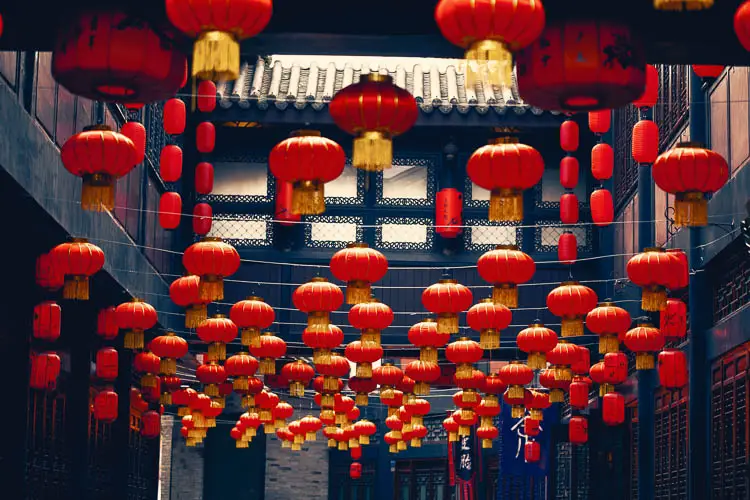
Read More:
What are the parts of a DSLR camera?




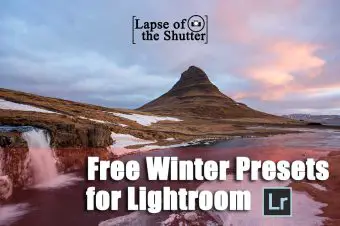
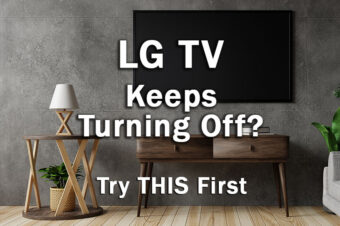
Leave a Reply